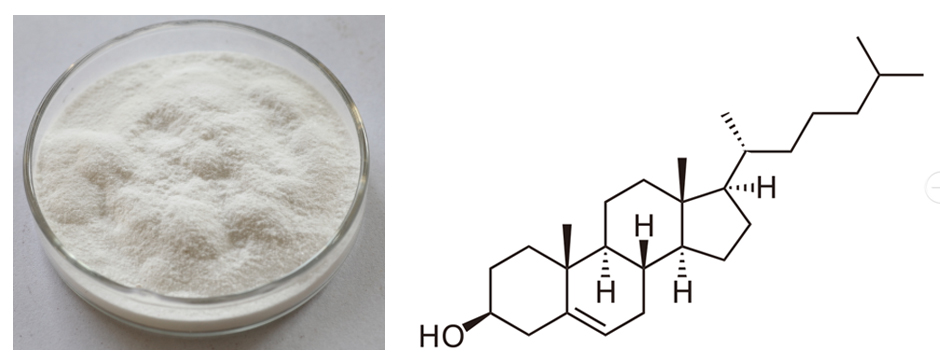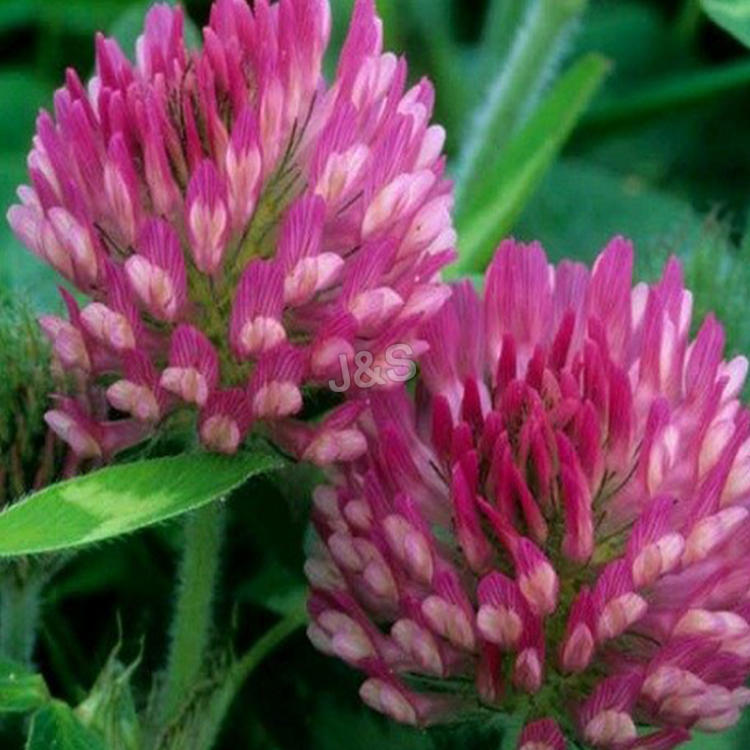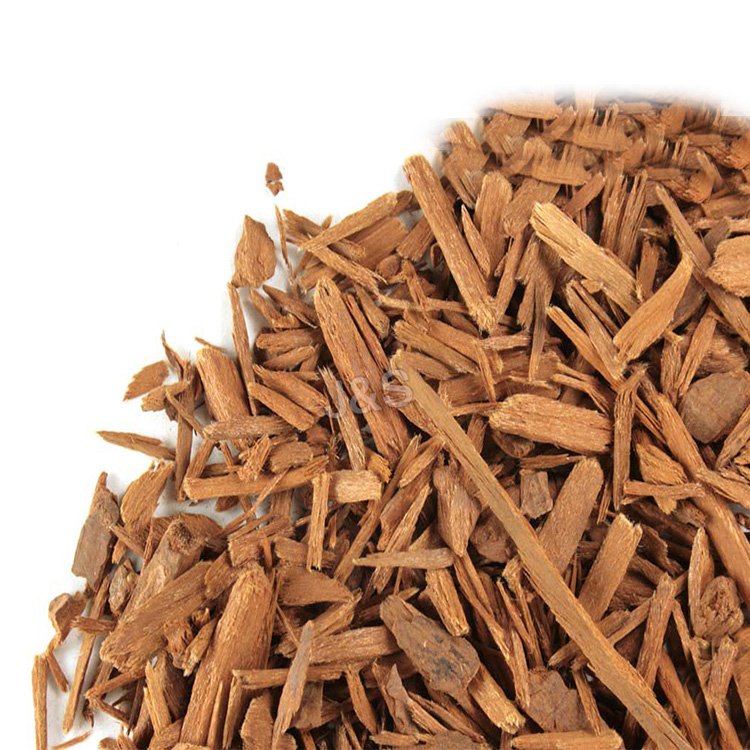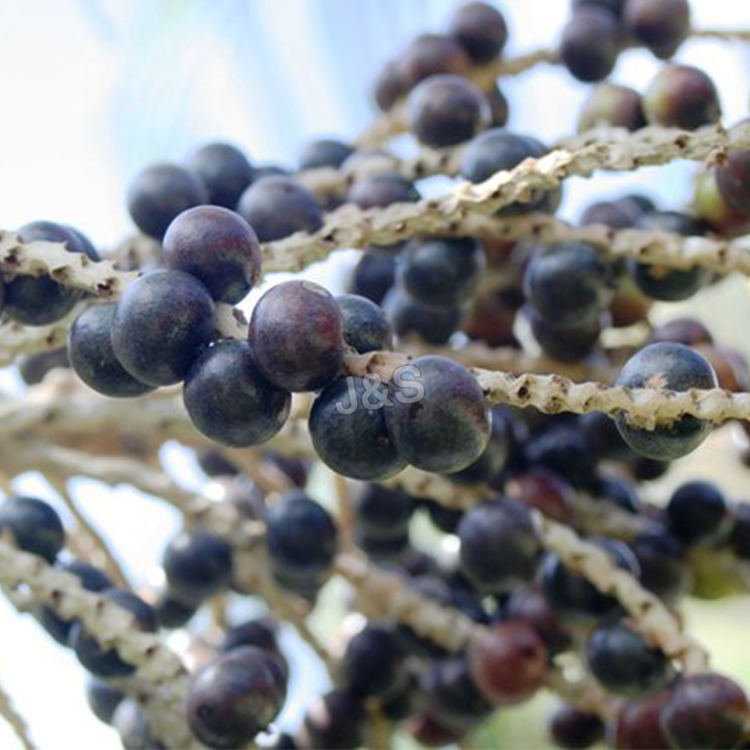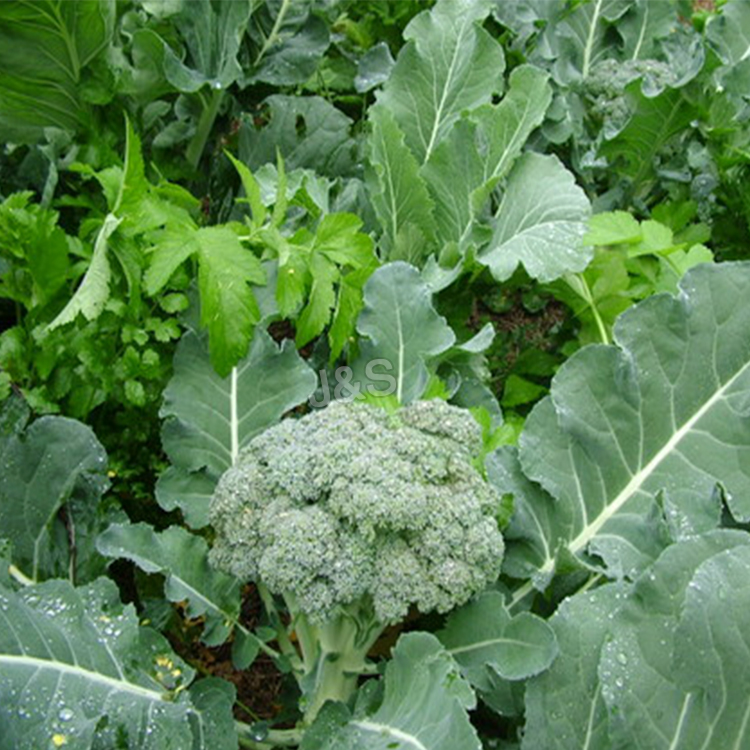Wholesale price for Phytosterol Factory for Mozambique
Wholesale price for Phytosterol Factory for Mozambique Detail:
[Latin Name] Glycine max(L.) Mere
[Specification] 90%; 95%
[Appearance] White powder
[Melting point] 134-142℃
[Particle size] 80Mesh
[Loss on drying] ≤2.0%
[Heavy Metal] ≤10PPM
[Storage] Store in cool & dry area, keep away from the direct light and heat.
[Shelf life] 24 Months
[Package] Packed in paper-drums and two plastic-bags inside.
[Net weight] 25kgs/drum
[What is Phytosterol?]
Phytosterols are compounds found in plants that resemble cholesterol. The National Institutes of Heath report that there are over 200 different phytosterols, and the highest concentrations of phytosterols are found naturally in vegetable oils, beans and nuts. Their benefits are so recognized that foods are being fortified with phytosterols. At the supermarket, you may see orange juice or margarine advertising phytosterol contents. After reviewing the health benefits, you may want to add phytosterol-rich foods to your diet.
[Benefits]
Cholesterol-Lowering Benefits
The most well-known, and scientifically proven, benefit of phytosterols is their ability to help lower cholesterol. A phytosterol is a plant compound that is similar to cholesterol. A study in the 2002 issue of “Annual Review of Nutrition” explains that phytosterols actually compete for absorption with cholesterol in the digestive tract. While they prevent the absorption of regular dietary cholesterol, they themselves are not easily absorbed, which leads to a total lower cholesterol level. The cholesterol-lowering benefit does not end with a good number on your blood work report. Having lower cholesterol leads to other benefits, such as a reduced risk for heart disease, stroke and heart attacks.
Cancer Protection Benefits
Phytosterols have also been found to help protect against the development of cancer. The July 2009 issue of the” European Journal of Clinical Nutrition” offers encouraging news in the fight against cancer. Researchers at the University of Manitoba in Canada report that there is evidence that phytosterols help prevent ovarian, breast, stomach and lung cancer. Phytosterols do this by preventing the production of cancer cells, stopping the growth and spread of cells that are already in existence and actually encouraging the death of cancer cells. Their high anti-oxidant levels are believed to be one way phytosterols help fight cancer. An anti-oxidant is a compound that fights free radical damage, which is negative effects on the body produced by cells that are unhealthy.
Skin Protection Benefits
A lesser known benefit of phytosterols involves skin care. One of the contributing factors in the aging of the skin is the breakdown and loss of collagen — the main component in connective skin tissue — and sun exposure is a major contributor to the problem. As the body ages, it is not able to produce collagen as it once did. The German medical journal “Der Hautarzt” reports a study in which various topical preparations were tested on skin for 10 days. The topical treatment that showed anti-aging benefits to the skin was the one that contained phytosterols and other natural fats. It is reported that phytosterols not only stopped the slow-down of collagen production that can be caused by the sun, it actually encouraged new collagen production.
Product detail pictures:
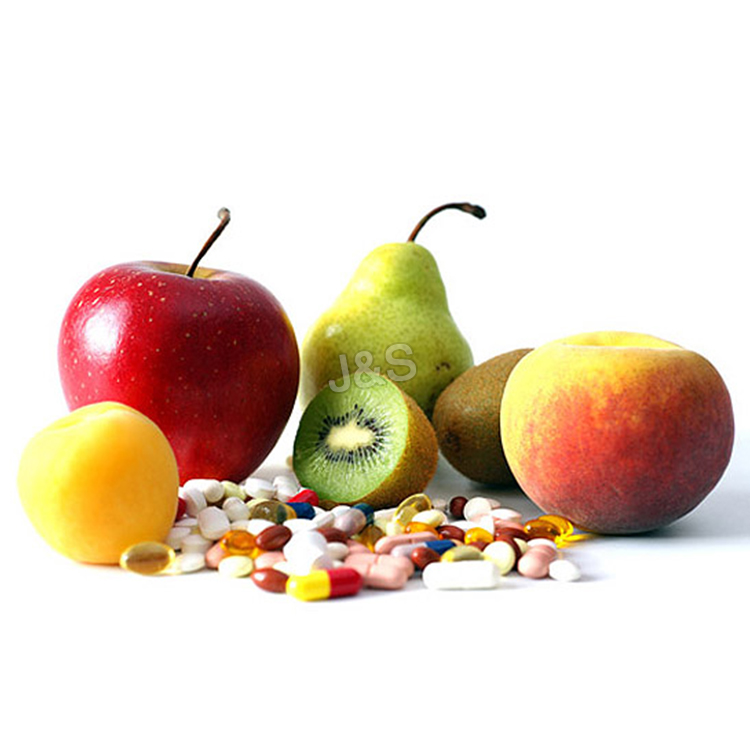
Related Product Guide:
Our focus on should be to consolidate and enhance the quality and repair of present products, in the meantime constantly establish new products to meet unique customers' requires for Wholesale price for Phytosterol Factory for Mozambique , The product will supply to all over the world, such as: Romania, Romania, Sacramento, We win many reliable customers by rich experience, advanced equipments, skilled teams, strict quality control and best service. We can guarantee all our products. Customers' benefit and satisfaction are always our biggest goal. Please contact us. Give us a chance, give you a surprise.
Aroma Magic Turmeric Cleanser is a 100 % soap free natural cleanser enriched with essential oils & herbal extracts. Aroma Magic Turmeric Cleanser removes make – up dirt and grime naturally and maintains oil – moisture balance.
Directions for Usage : Dampen skin, massage Aroma Magic Turmeric Cleanser with little water onto face using circular strokes. Wipe off with wet cotton. Use Aroma Magic Turmeric Cleanser both morning & night.
Aroma Magic Turmeric Cleanser contains natural extracts & pure essential oils of wild Turmeric, Rose, Lemon Peel, oils of Jojoba, Sunflower & Grape Seed, Geranium, Lemon & Vegetable Waxes.
Website : https://www.emporiumonnet.com/beauty_health/aroma_magic/skin_care/cleansers/turmeric-cleanser.html
Chamomile (Matricaria chamomilla L.) is a well-known medicinal plant species from the Asteraceae family often referred to as the “star among medicinal species.” Nowadays it is a highly favored and much used medicinal plant in folk and traditional medicine. Its multitherapeutic, cosmetic, and nutritional values have been established through years of traditional and scientific use and research. Chamomile has an established domestic (Indian) and international market, which is increasing day by day. The plant available in the market many a times is adulterated and substituted by close relatives of chamomile. This article briefly reviews the medicinal uses along with botany and cultivation techniques. Since chamomile is a rich source of natural products, details on chemical constituents of essential oil and plant parts as well as their pharmacological properties are included. Furthermore, particular emphasis is given to the biochemistry, biotechnology, market demand, and trade of the plant. This is an attempt to compile and document information on different aspects of chamomile and highlight the need for research and development.
Keywords: Amino acid, cadmium, co-cultivation, copper, cultivation, medicinal plant, salicylic acid, secondary metabolites, tissue culture
chamomile is an annual plant with thin spindle-shaped roots only penetrating flatly into the soil. The branched stem is erect, heavily ramified, and grows to a height of 10–80 cm. The long and narrow leaves are bi- to tripinnate. The flower heads are placed separately, they have a diameter of 10–30 mm, and they are pedunculate and heterogamous. The golden yellow tubular florets with 5 teeth are 1.5–2.5 mm long, ending always in a glandulous tube. The 11–27 white plant flowers are 6–11 mm long, 3.5 mm wide, and arranged concentrically. The receptacle is 6–8 mm wide, flat in the beginning and conical, cone-shaped later, hollow—the latter being a very important distinctive characteristic of Matricaria—and without paleae. The fruit is a yellowish brown achene.
The crop growth is slow till mid-January and picks up gradually till early February. As the season warms up, there is high activity in crop growth (increase in height, branching, bud formation) and stray flowers may be seen in the crop. Bud formation is profuse in March, there is all round growth in the plants, the early formed buds open into flowers, hence the plucking of flowers has to be also selective all through the crop cycle. With sudden rise in the temperature from 33° C to 39° C within a few days, heavy seed-setting and plant maturity will be observed in the crop. There is seed shedding and in the next year a self-germinated crop is observed.
M. chamomilla cultivation as a commercial venture lies in how efficiently and effectively one can collect the flowers at the right stage during the peak flowering season extending over a period of 3–6 weeks during March-April. Flowering is so profuse that practically every alternate day at least 30–40 units of labor will be required to be employed to pluck the flowers from an area of 0.25–0.3 ha. Flower plucking is a selective process as flowers in all stages, namely, buds, semi-opened buds, flowers in all stages of bloom appear on the plants. Flowers at the near full bloom stage give the best quality of the product, hence care has to be exercised to see that as little as possible buds, stems, leaves, and extraneous material is plucked. Flowering will be observed on plants here and there all over the field from the later half of February and these flowers are plucked at the appropriate stage. Flowers are produced in flushes and 4-5 flushes are obtained. The 2nd, 3rd, and 4th flushes are the major contributors to flower yield. The peak period of plucking is between the 2nd week of March and the 3rd week of April in North India. In normal soils, Singh obtained a maximum yield of 7637 kg of fresh flowers, the average being 3500-4000 kg/ha.
Web: https://www.natureherbs.org | www.natureherbs.co
Email : natureherbs@ymail.com
Watsapp: +91 841 888 5555
Skype: nature.herbs
It is really lucky to meet such a good supplier, this is our most satisfied cooperation, I think we will work again!
